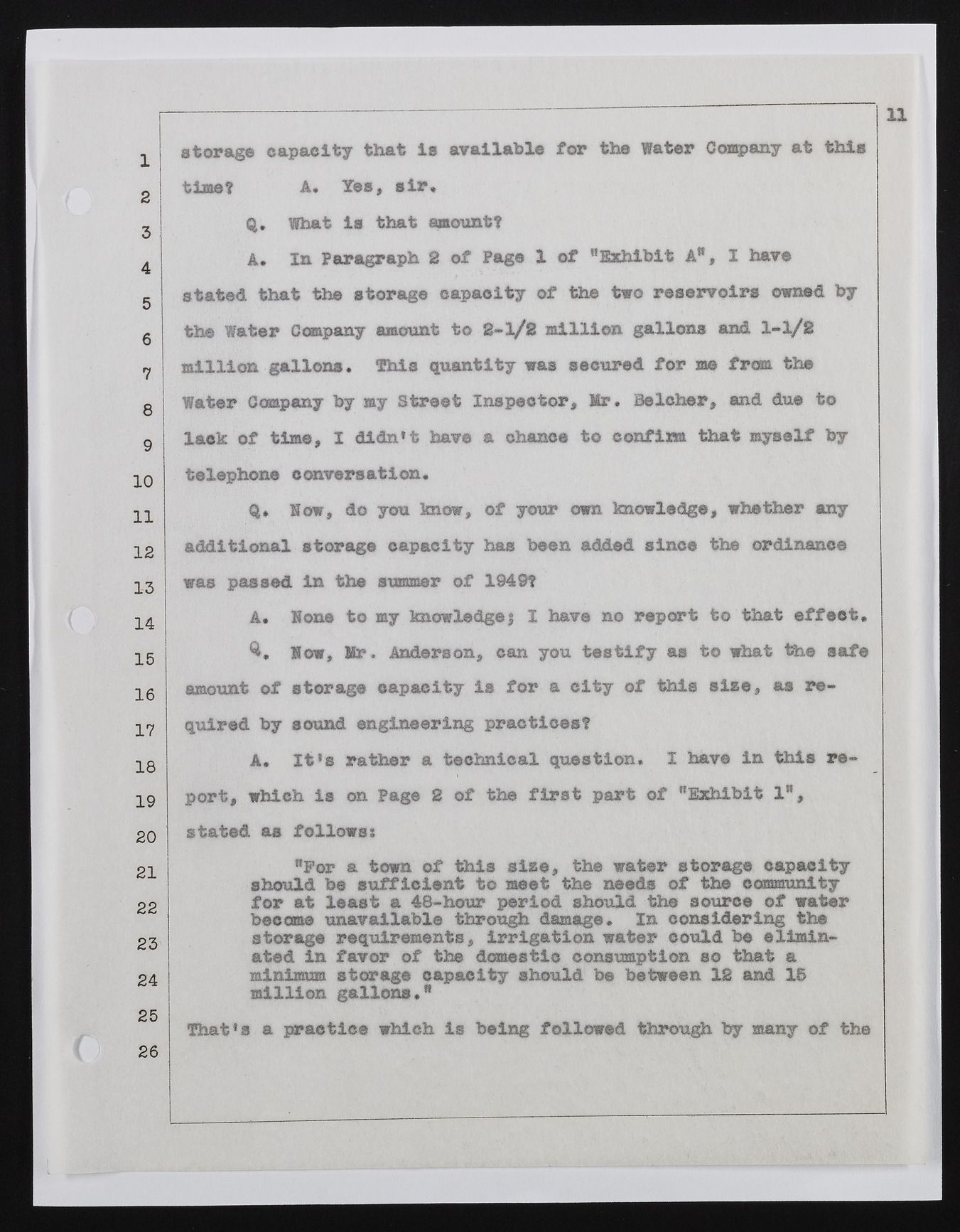Copyright & Fair-use Agreement
UNLV Special Collections provides copies of materials to facilitate private study, scholarship, or research. Material not in the public domain may be used according to fair use of copyrighted materials as defined by copyright law. Please cite us.
Please note that UNLV may not own the copyright to these materials and cannot provide permission to publish or distribute materials when UNLV is not the copyright holder. The user is solely responsible for determining the copyright status of materials and obtaining permission to use material from the copyright holder and for determining whether any permissions relating to any other rights are necessary for the intended use, and for obtaining all required permissions beyond that allowed by fair use.
Read more about our reproduction and use policy.
I agree.Information
Digital ID
Permalink
Details
Member of
More Info
Rights
Digital Provenance
Publisher
Transcription
1 2 3 4 5 6 7 8 9 10 11 12 13 14 15 16 17 18 19 20 21 22 23 24 25 26 storage eapaeity that is available for the Water Company at this time? A* Yes, sir* Q. What is that amount? A. In Paragraph 2 of Page 1 of ’’Exhibit A”, I have stated that the storage eapaeity of the two reservoirs owned by the Water Company amount to 2* 1/2 million gallons and 1-1/2 million gallons. This quantity was secured for me from the Water Company by my Street Inspector, Mr. Belcher, and due to lack of time, I didn’t have a chance to confirm that myself by telephone conversation. Q, Mow, do you know, of your own knowledge, whether any additional storage capacity has been added since the ordinance was passed in the summer of 1949? A. Hone to my knowledge $ I have no report to that effeet. Mow, Mr. Anderson, ©an you testify as to what the safe amount of storage capacity is for a city of this size, as required by sound engineering practices? A. It’s rather a technical question. 1 have in this report, which is on Page 2 of the first part of ”Exhibit Is, stated as fellows$ "For a town of this size, the water storage capacity should be sufficient to meet the needs of the community for at least a 48-hour period should the source of water become unavailable through damage. In considering the storage requirements, irrigation water could be eliminated in favor of the domestic consumption so that a minimum storage eapaeity should be between 12 and 15 million gallons«H That’s a practice which is being followed through by many of the

